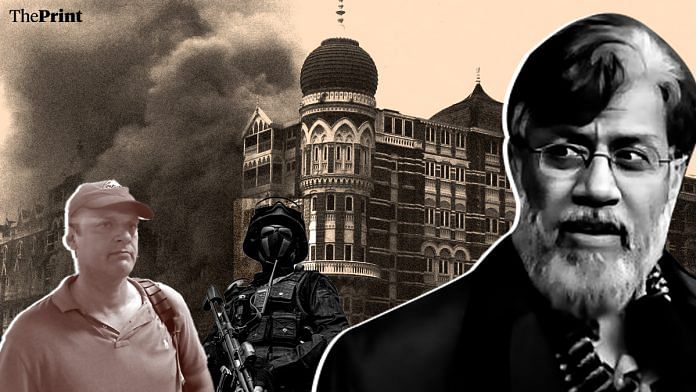Washington: From behind inch-thick bulletproof glass, high in a box in the Feroze Shah Kotla cricket stadium, the two leaders watched India’s tail-end disintegrate. For them, the scoreboard was likely beside the point.
Thousands of Pakistani fans, granted visas in unprecedented numbers, packed the stands below, watching Shahid Afridi leading his team to a 159 run win on 17 April 2005.
This was the bloom of a secret détente process the two leaders—Prime Minister Manmohan Singh and Pakistan President Pervez Musharraf—hoped would lead to a permanent peace in Kashmir.
Two other men were also watching. The first, Sajid Mir—shown in his visa application wearing a neatly-ironed white shirt and red tie, sporting a neatly-clipped beard—handled David Headley, the Pakistani-American undercover agent who was responsible for locating targets and designing the 26/11 attack.
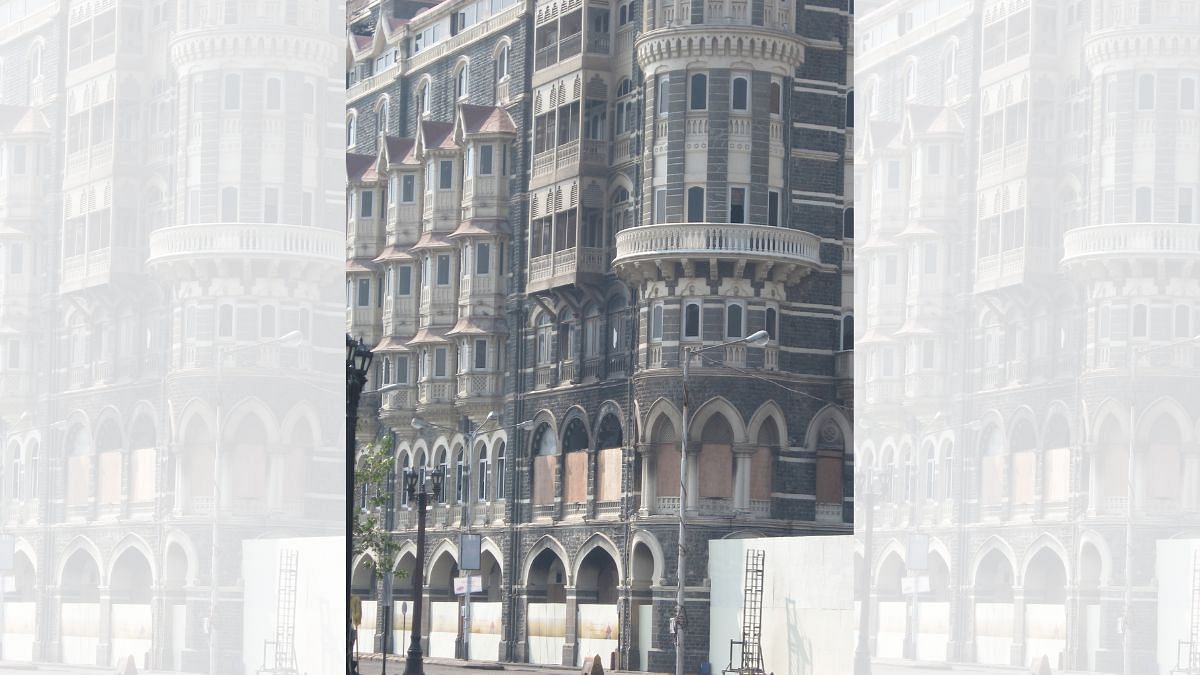
Abdur Rehman Hashim, a former Pakistani military intelligence official who trained the 26/11 attack team to assault those targets, also stood nearby.
As the Trump administration approved the extradition of Canadian national Tahawwur Rana, to face trial in India for his role in the 26/11 attack, it will give some closure to the victims. The case will also underline the fact, however, that the truth of what happened and how they succeeded remains out of public sight, perhaps forever.
“The United States intelligence community bears a deep weight of guilt about their relationship with David Headley. This will only lift when they come clean about their relationship with Headley and why he has been protected from the punishment he deserves for the slaughter in Mumbai,” says D.P. Sinha, the Intelligence Bureau (IB) officer who led India’s 26/11 investigation.
Also Read: Quiet conviction of 26/11 mastermind Sajid Mir shows Pakistan’s flimsy terror crackdown
The terrorist who made deals
Little word of Headley has emerged since he testified before a Mumbai court in 2016, via video, on his 26/11 role. Even though Headley was sentenced to 35 years in prison for his role in Mumbai and a plot to attack the Jyllands-Posten newspaper in Copenhagen for publishing cartoons of the Prophet Muhammad, he spent his time under protected custody at a minimum-security prison in Minnesota, two US sources familiar with the case told ThePrint.
The year after Headley was convicted, his Pakistani-origin wife Shazia Gilani moved out of the Chicago apartment on North San Francisco Avenue where the couple lived with their four children, Haider, Osama, Sumya, and Hafsa.
Later, the family moved to a home in Saint Paul and Brooklyn Park in Minnesota, likely to give the children regular access to Headley at the minimum-security Federal Prison Camp at Duluth, which holds some 469 male offenders, many guilty of white-collar offences. A source familiar with the case also said Headley was held, for a time, at the Federal Medical Centre in Rochester, Minnesota, which provides inpatient mental health services to convicts.
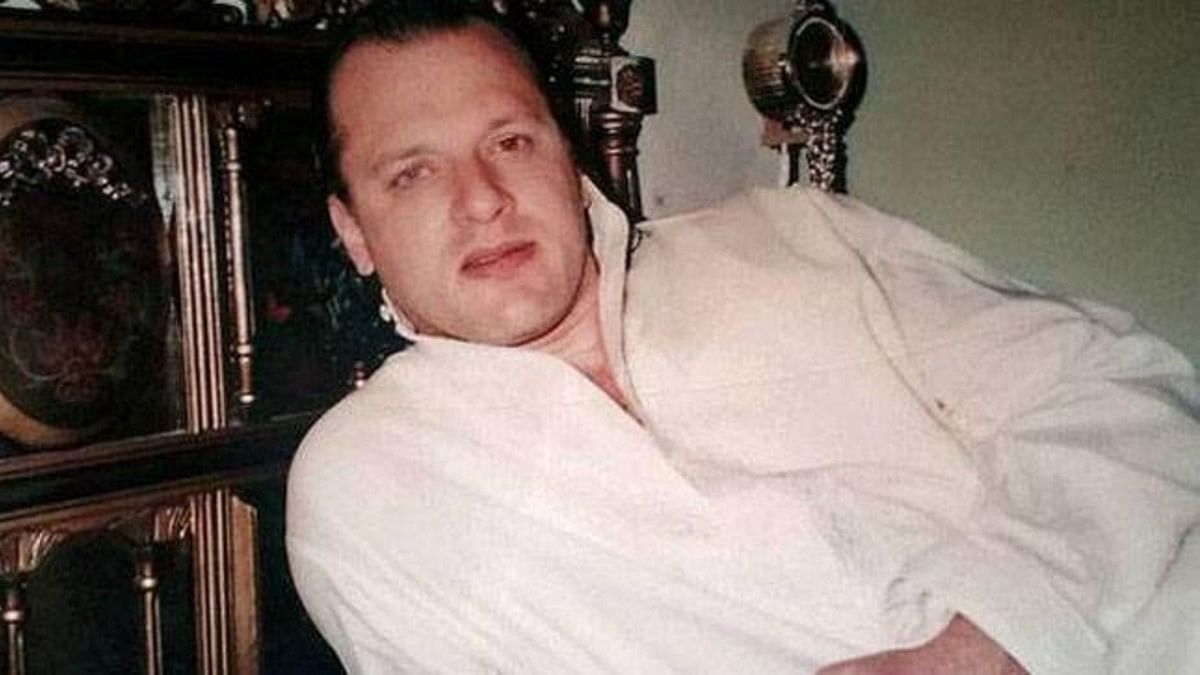
All through his time in prison—which is set to run to 2048, without parole, followed by another five years of supervised release—Headley has continued to maintain an apparently cordial relationship with his wife and children, the source said.
Efforts by ThePrint to contact Shazia Gilani at two separate email addresses did not elicit a response.
This much is clear, though: Headley’s role in 26/11 was far more consequential than that played by his childhood friend, Rana. Rana enabled Headley’s mission to Mumbai, providing him with fake documentation which stated he was operating a visa consultancy business. Tahawwur, court documents show, knew the attacks were imminent, and applauded the killers, saying the people of India “deserved it.”
For his part, Headley had a direct, hands-on role in the killing. He reported to Mir, the cricket tourist, who together with Hashim and top jihadist Muzammil Bhat was responsible for training the attack team. Islamabad told the Financial Action Task Force (FATF) it has jailed Mir, but there has been no public trial. Headley, interestingly, has not been called on to testify by Pakistan, though his plea-agreement with Pakistan mandates he must do so when asked.
Zaki-ur-Rehman Lakhvi, the Lashkar military chief who commanded the entire group, is also in prison on money-laundering charges—but during an earlier prison sentence, lived in luxury and even succeeded in fathering a child.
Tahawwur, other than 26/11 assault-team member Amir Ajmal Kasaab, was the only one involved to face the full wrath of the law—and could end up being the second facing a death sentence in India.
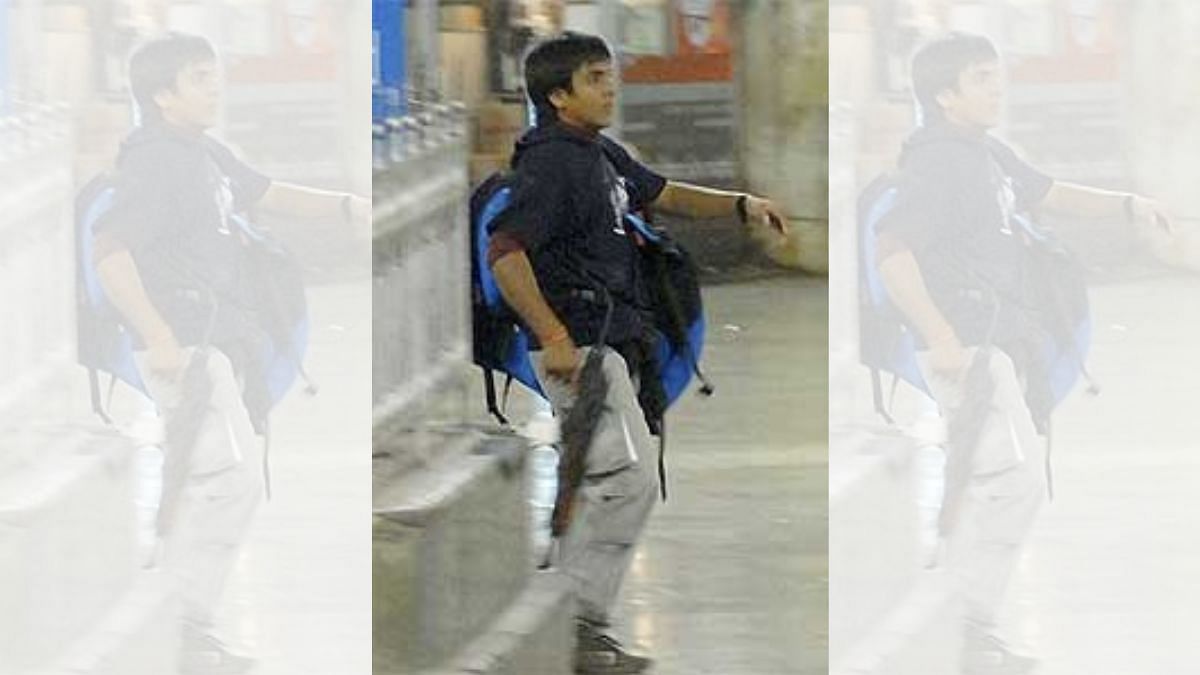
Even if the protection accorded by Pakistan to suspects on its soil isn’t surprising, the gentle treatment given to Headley raises serious questions.
The delinquent who turned jihadist
The son of the flamboyant Philadelphia socialite Serill Headley and Pakistani poet and diplomat Syed Salim Gilani, the man born Daood Gilani grew up with his mother, after his parents divorced.
Headley was admitted to a boarding school in Pakistan, but then moved to the US in 1977. He rebelled against his mother’s heavy drinking and multiple sexual relationships by expressing loathing for all non-Muslims—though his personal life, by many accounts, wasn’t very different from hers.
“Most people have contradictions in their lives, but they learn to reconcile them,” Headley’s uncle William Headley told The New York Times. “But Daood could never do that. The left side does not speak to the right side”.
The period saw Headley’s relationship with the Drug Enforcement Administration (DEA), the US’ powerful counternarcotics agency, grow steadily. In 1988, he was arrested for smuggling heroin from Pakistan. The case was dropped after a plea agreement, and in a 1998 letter to the judge, prosecutors said he “helped the DEA infiltrate the very close-knit Pakistani narcotics dealing community in New York”.
Following 9/11, the Federal Bureau of Investigation (FBI) interviewed Headley for information. The young Philadelphia man had also served the DEA as an informant, providing leads on Pakistani narcotics traffickers. It is possible, Indian intelligence sources say, that the DEA also used him for maintaining surveillance on jihadist groups, a task it often conducts in close cooperation with the Central Intelligence Agency (CIA).
Even though documents related to the proceedings are unavailable, his first wife Portia Geelani reported his ties to jihadists to police following a domestic violence incident. Headley is believed to have claimed those contacts were DEA authorised.
Headley was still on probation when he travelled to Pakistan in 1999 for an arranged marriage with Lahore resident Shazia Geelani. After another domestic violence incident in 2005, Shazia told police in New York that her husband bragged of training with the Lashkar.
The police questioned Headley on Shazia’s charges, but did nothing, people familiar with the case say, “and it’s possible he was telling the truth,” likely because of DEA protection.
And, in 2006, Headley spent eight days in custody at Lahore’s Race Course police station, after his lover, Moroccan medical student Faiza Outhalla, complained that Headley had reneged on a promise to marry her. Shazia’s father bailed him out, but, under pressure from Lakhvi, Headley married Outhalla weeks later. He never informed Shazia.
In April 2007, Outhalla accompanied Headley to Mumbai. Less than a month later, Headley enjoyed a holiday in Dubai with Shazia. When Outhalla found that Headley was already married, she visited the US embassy in Islamabad and informed them of his links to jihadists. “They told me to get lost,” she told The New York Times.
The exposed asset
Early in 2009, though, the protective intelligence cocoon around Headley began to disintegrate. To put together the attack on the Jyllands-Posten, Headley contacted two jihadists, identified in records by the code-names ‘Sufiyan’ and ‘Basharat’, to whom he had been introduced by al-Qaeda commanders in Miranshah. The two men were, in fact, informants for the UK’s MI5. The information on Headley’s plans to stage an attack in Copenhagen were promptly passed on to the CIA.
There is evidence, too, that the CIA was closely monitoring the 26/11 plot as it unfolded. From 24 September 2008, the CIA began sharing a series of precise warnings of an imminent attack on Mumbai with India, identifying targets including the Taj Mahal Hotel, the Gateway of India, and other locations in South Mumbai. The last warning was shared on 18 November, just eight days before the terrorist attack, in which 166 people were killed.
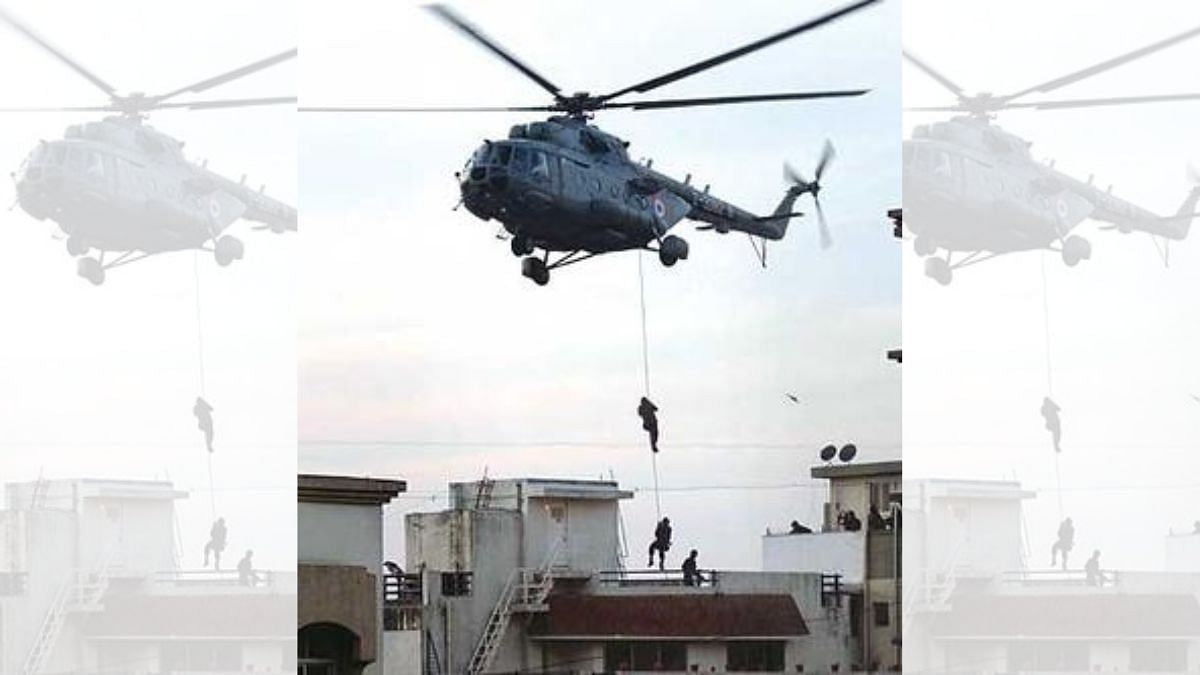
Evidence has since emerged, through the trove of documents leaked by intelligence whistleblower Edward Snowden, that western intelligence services watched the plot unfold in real time.
In one leaked document issued by the US’ super-secret National Security Agency (NSA), western intelligence operatives were informed that Lashkar commander “Zarrar Shah and his associates conducted reconnaissance and research using Google Earth and Wikimapia”. The electronic systems were able to monitor Shah in real time, as he studied the “Gateway of India, other tourist sites of interest, dams, power plants, and possible locations for boat landings”.
“Analysis of Zarrar Shah’s viewing habits … [redacted] yielded several locations in Mumbai well before the attacks occurred and showed operations planning for initial entry points into the Taj Hotel,” the NSA document said.
This information would have been made available to all members of the ‘Five Eyes’ intelligence network—made up of the US, the UK, Australia, New Zealand and Canada. Western intelligence sources did not disclose, however, that they had a long-standing relationship with an on-ground operative in the plot.
The IB passed the CIA warnings to the Mumbai Police. The Mumbai Police ramped up security on 25 September 2008. The enhanced police presence was, however, drawn-down when no attack materialised. Later, following the second warning, an alert was withdrawn after the Research and Analysis Wing (RAW) was told that the ship carrying the terrorists was headed back to Karachi.
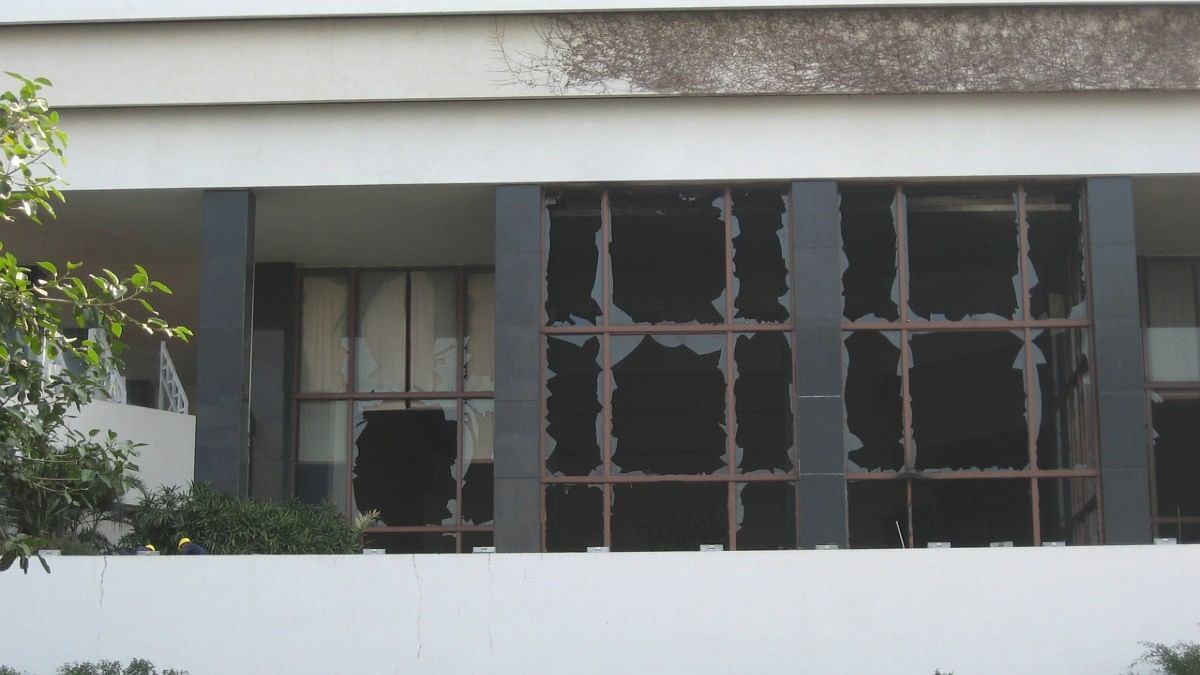
Unknown to RAW, the assault team had hijacked a Porbandar-registered fishing boat in the high seas, while their commanders turned back home, carrying the Thuraya satellite phone that the Indian intelligence organisation was monitoring.
Finally, US authorities were forced to act against Headley after MI5 made clear he was involved in plotting attacks inside the West. For weeks after Headley’s arrest, Indian intelligence services were not even allowed to question the terrorist, and then permitted to do so only under the supervision of FBI officers.
“There was no malice here, or we wouldn’t have passed on information on the looming attack to India. There were just a series of awful misjudgments about the actions of an informant, and too little supervision of his activities. And that ended up having terrible consequences,” an American official familiar with the case said.
Like he did throughout his career, Headley proved adroit in securing a deal for himself, while sacrificing his associates. He agreed to testify against Tahawwur, a loyal boarding-school friend who had provided Headley with capital and support on several occasions. “They’re using a whale to catch a minnow,” Tahawwur’s lawyer Charles Swift had complained during his trial in Chicago.
(Edited by Tony Rai)
Also Read: Retaliating against terror is tricky. But India’s message after Balakot has worked so far



